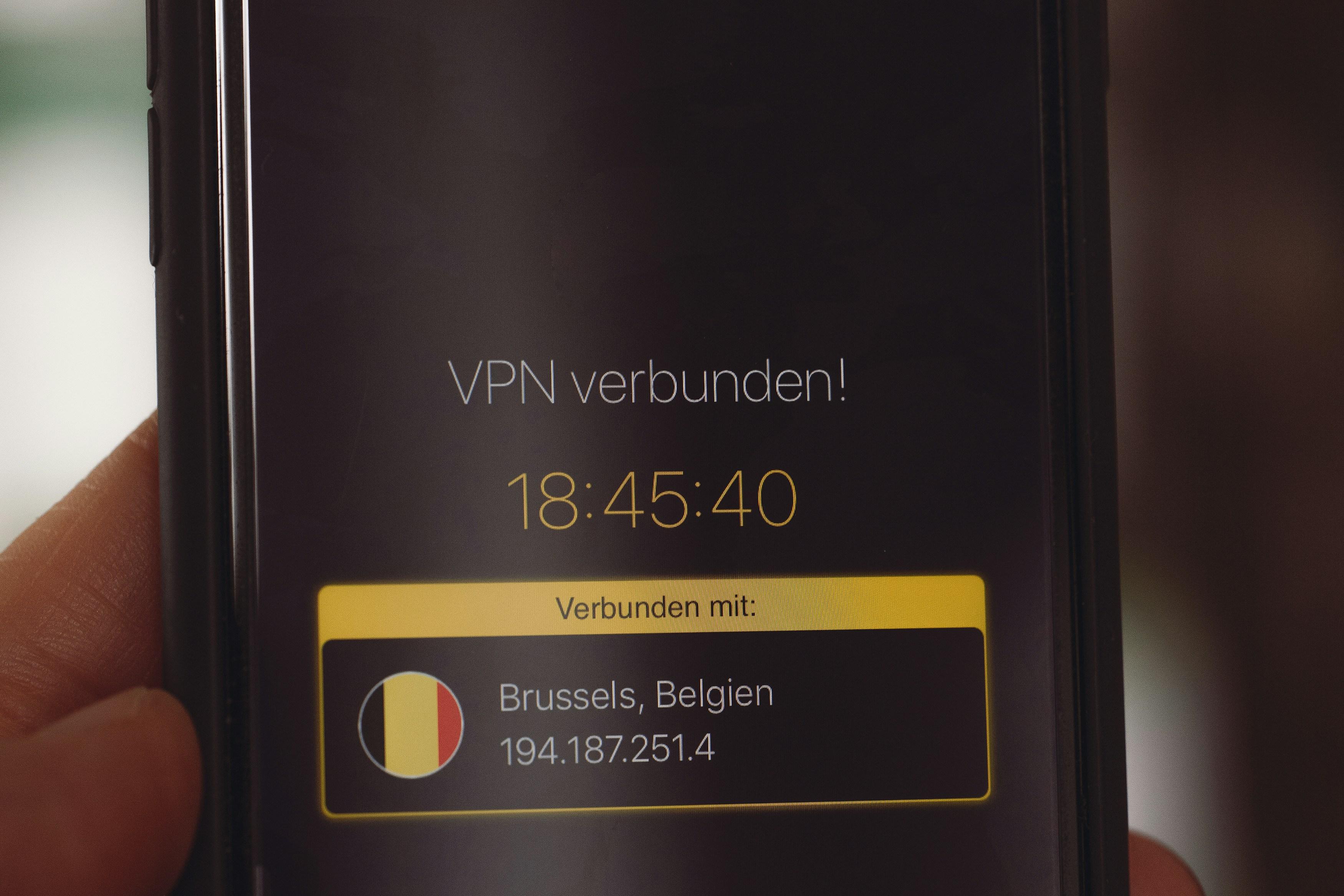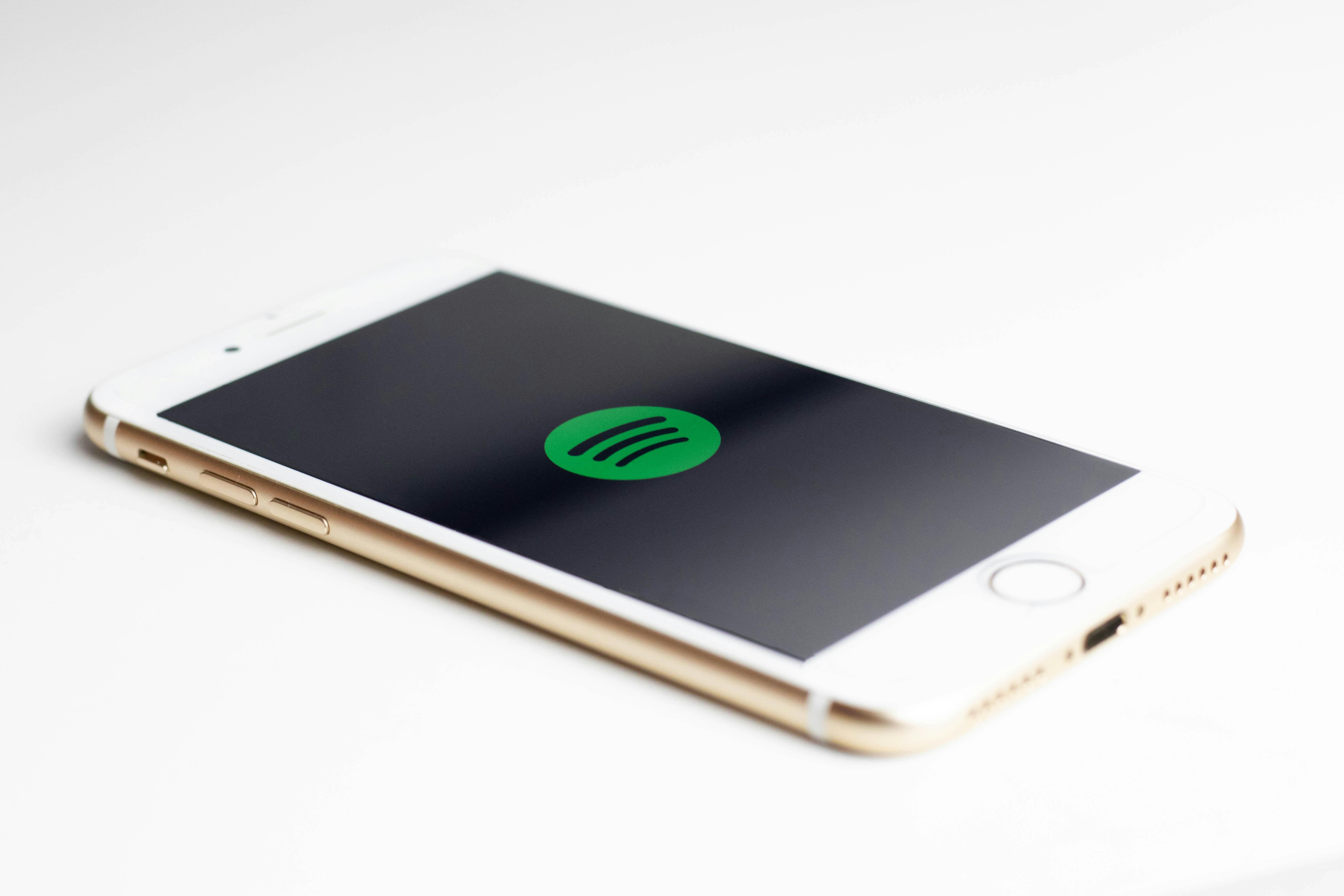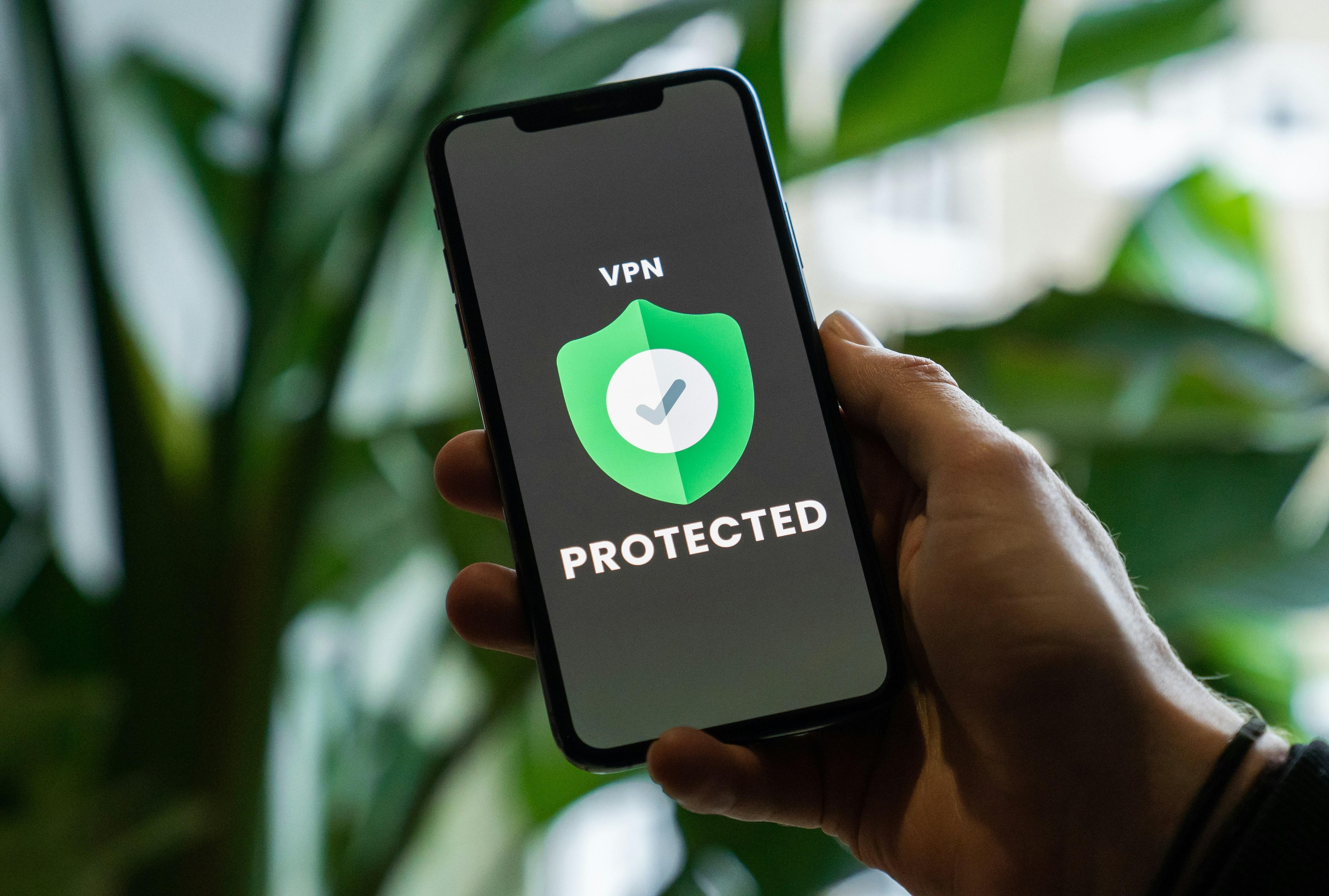In an era where digital content is king, the ability to access a diverse range of shows and movies has become increasingly desirable. Streaming devices have revolutionized how we consume media, yet geographical restrictions often limit the full potential of these platforms. Enter Virtual Private Networks (VPNs)—tools that can bypass these barriers and unlock a world of content. This article delves into the practicalities of using a VPN with your streaming device, examining how this technology works, its benefits, and the considerations to keep in mind to ensure a seamless viewing experience. Whether you’re a tech novice or a seasoned streamer, understanding how to leverage a VPN can significantly enhance your entertainment options.
Understanding VPNs and Their Role in Streaming
Virtual Private Networks (VPNs) are essential tools that help users bypass geographical restrictions, offering access to a wider range of streaming content. By encrypting your internet connection and masking your IP address, VPNs create a secure tunnel between your device and the internet, allowing you to appear as though you are browsing from a different location. This can be particularly beneficial for streaming enthusiasts who want to explore content libraries from different countries.
- Access Geo-Restricted Content: VPNs allow you to connect to servers in various countries, granting access to streaming services that might otherwise be unavailable in your region.
- Enhance Privacy: With encryption protocols, VPNs ensure that your online activities remain private, preventing ISPs and other entities from monitoring your streaming habits.
- Bypass Throttling: Some ISPs throttle streaming speeds. A VPN can help maintain consistent streaming quality by preventing such throttling.
Understanding the role of VPNs in streaming not only enhances your viewing options but also contributes to a more secure and private online experience. Selecting a reliable VPN service that offers high-speed connections and a variety of server locations is crucial for maximizing the benefits.

Selecting the Right VPN for Optimal Streaming Performance
When it comes to enjoying seamless streaming with a VPN, the choice of provider can make all the difference. Speed is a critical factor. Look for VPNs with high-speed servers optimized for streaming, ensuring minimal buffering and high-definition quality. Server locations are equally important; choose a VPN with a broad network, especially in regions with content you wish to access.
Consider the compatibility of the VPN with your streaming device. Some VPNs offer dedicated apps for devices like smart TVs, gaming consoles, and streaming sticks, which can simplify setup. Additionally, check for security features such as strong encryption and a no-logs policy to ensure your online activities remain private. Lastly, opt for a provider with reliable customer support to address any potential issues swiftly.
- Speed: High-speed servers for minimal buffering
- Server Locations: Broad network for diverse content access
- Compatibility: Dedicated apps for various streaming devices
- Security Features: Strong encryption and no-logs policy
- Customer Support: Responsive service for troubleshooting

Configuring Your Streaming Device for VPN Use
To maximize the benefits of a VPN on your streaming device, precise configuration is essential. Begin by selecting a VPN service that supports your specific device, ensuring compatibility and ease of use. Many providers offer dedicated apps for popular platforms like Fire TV, Apple TV, or Roku. Once you’ve chosen a suitable VPN, download and install the app directly onto your device if possible. If your device doesn’t support direct VPN installation, consider setting up the VPN on your router. This approach not only covers your streaming device but also secures all connected devices in your home network.
- Download and Install: Use the app store on your device to download the VPN application. Follow the installation prompts to set it up.
- Configure Settings: Open the VPN app and log in with your credentials. Select a server location that optimizes your streaming options and reduces buffering.
- Router Setup: For devices that don’t support VPN apps, configure your VPN on a compatible router. This provides a seamless VPN experience across your network.
- Test Connection: After setup, ensure your VPN connection is active and test your streaming device to verify access to geo-restricted content.

Maximizing Content Access and Overcoming Geo-Restrictions
In an increasingly globalized world, accessing a variety of content from different regions is a common desire for many streaming enthusiasts. Virtual Private Networks (VPNs) offer a reliable solution to bypass geo-restrictions, enabling access to a broader spectrum of shows, movies, and live events that might otherwise be unavailable in your region. By masking your IP address and routing your internet connection through servers located in different countries, a VPN can effectively make it appear as though you’re accessing content from a location where it is not restricted.
To enhance your streaming experience, consider the following strategies:
- Choose the Right VPN: Not all VPNs are created equal. Look for those with a reputation for bypassing restrictions on popular streaming platforms.
- Check Server Availability: Ensure the VPN provider offers servers in the countries where your desired content is accessible.
- Maintain Connection Speed: Opt for a VPN known for high-speed connections to avoid buffering and maintain streaming quality.
- Device Compatibility: Ensure the VPN is compatible with your streaming device, whether it’s a smart TV, streaming stick, or console.
Implementing these strategies can significantly enhance your streaming capabilities, allowing you to enjoy a truly global content library.



